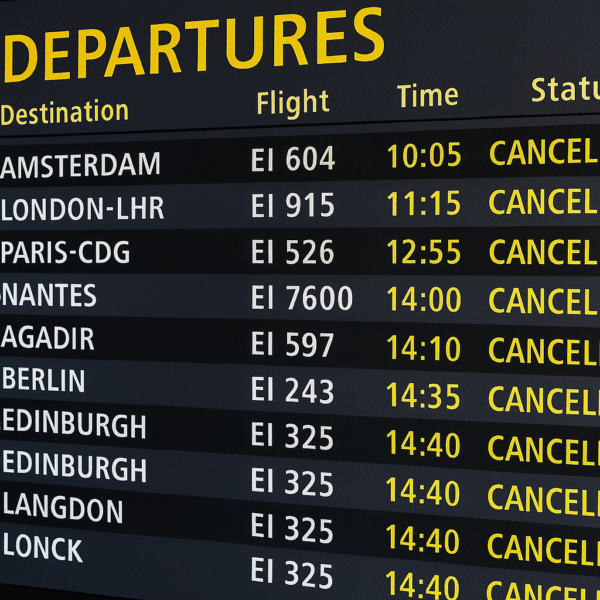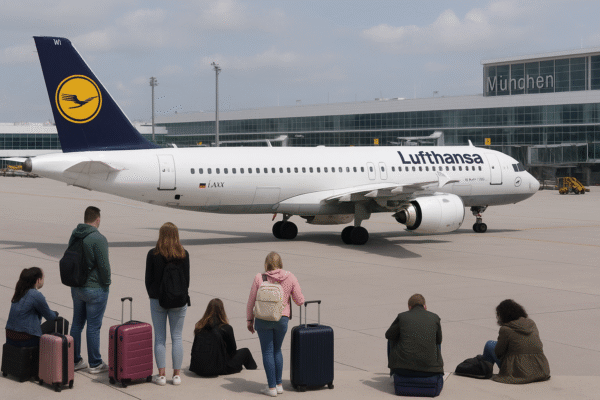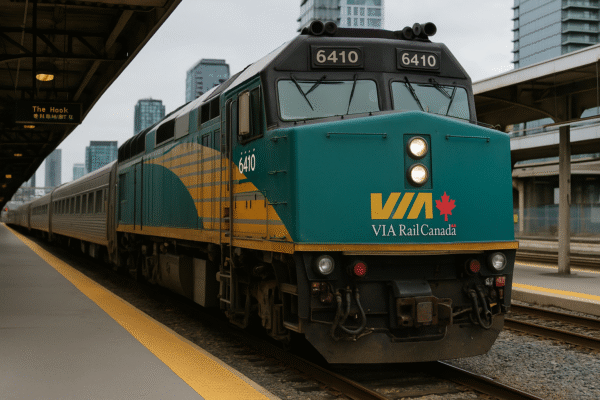Canada’s plans to enhance rail travel between Montréal and Toronto, two of the country’s busiest and most connected urban hubs, have hit a temporary delay. VIA Rail confirmed that the highly anticipated direct train service—originally scheduled to launch on September 29, 2025—will not begin as planned due to operational and scheduling challenges.
The new service was designed as a pilot project to test the feasibility of non-stop, downtown-to-downtown rail travel, trimming as much as 40 minutes from journey times on select trips. However, operational constraints on the corridor, combined with the need to align with partner CN’s freight schedules, have pushed back the launch. VIA Rail has emphasized that discussions with CN remain ongoing, and solutions are being explored to ensure the faster service becomes a reality in the future.
Why the Direct Connection Matters
The Montréal–Toronto corridor is one of Canada’s busiest rail routes, linking two cities with major economic, cultural, and tourism significance. The original pilot promised to deliver a more streamlined option for passengers, bypassing intermediate stations in eastern Ontario. For travelers accustomed to multi-stop journeys, the direct service would have been a game-changer, reducing travel fatigue and providing a faster alternative to both road and air travel.
Had the service gone ahead as planned, four trains—numbers 60, 61, 68, and 69—would have operated directly between Montréal and Toronto without stops. A fifth, Train 50, was scheduled to run a modified timetable, serving certain stations while skipping others. This arrangement reflected VIA Rail’s attempt to balance passenger demand for efficiency with the need to maintain access for communities in between.
Ticket Pricing and Passenger Affordability
VIA Rail has long positioned its fares as a competitive alternative to flights and long-distance buses. The planned direct connection maintained the same pricing structure, offering one-way tickets at approximately $40 and round-trip journeys at around $80.
For regular commuters, students, and business travelers, this made the rail option both affordable and convenient. Coupled with potential time savings of up to 40 minutes, the pilot was seen as a way to increase rail’s share of intercity travel along this corridor, especially for those seeking environmentally friendlier options than flying.
Impact on Stations and Local Travelers
The introduction of a non-stop service inevitably raised concerns for passengers boarding at intermediate stations such as Dorval and Guildwood, which were to be bypassed under the pilot plan. VIA Rail confirmed that travelers from these stations would have been rebooked on alternative trains, ensuring they could still reach their destinations with minimal disruption.
The rebooking process was designed with flexibility in mind. If a replacement train was already at full capacity, passengers would be moved to the next available service. This approach ensured that, while some communities might lose a stop on direct trains, access to the Montréal–Toronto corridor would remain uninterrupted.
A Commitment to Passenger Support
VIA Rail has stressed that passenger support remains a priority during this period of operational adjustments. Affected travelers would have been contacted directly with alternative travel options, ensuring that those relying on Dorval, Guildwood, or other bypassed stations were not left stranded.
The operator’s proactive communication strategy underscores its desire to maintain trust with passengers even as challenges delay the direct connection.
Broader Context: Canada’s Transportation Landscape
The delay of the Montréal–Toronto direct service comes amid a wave of broader changes in Canadian travel and tourism. Air Canada, for example, is expanding its transatlantic offerings with new narrow-body aircraft, while new European entry requirements, such as fingerprinting for Canadian travelers starting in October 2025, are reshaping how Canadians plan their international journeys.
Against this backdrop, VIA Rail’s effort to modernize domestic train travel remains vital. Faster, more efficient services within Canada are increasingly seen as a way to promote sustainable tourism and reduce reliance on short-haul flights.
What Comes Next for the Direct Rail Service
While disappointing, the delay does not mark the end of the project. VIA Rail continues to collaborate closely with CN to identify operational windows and scheduling adjustments that could make non-stop service viable. The company has stated its ongoing commitment to improving the passenger experience and to offering innovative solutions for Canada’s busiest rail corridor.
The pilot project’s goals remain clear: to provide faster journeys, strengthen tourism and business links between Montréal and Toronto, and demonstrate that rail can compete directly with air travel on both speed and convenience.
The Bigger Picture for Rail in Canada
The Montréal–Toronto direct rail service is part of a larger vision for the future of Canadian rail. The federal government has highlighted rail as a cornerstone of its sustainable transportation strategy, with ongoing discussions around high-frequency and high-speed rail projects.
By cutting journey times, improving reliability, and making train travel more attractive, Canada hopes to mirror successful models in Europe and Asia, where high-speed rail has become a preferred mode of intercity travel.
While the current setback highlights the complexities of sharing corridors between passenger and freight trains, it also underscores the importance of investing in dedicated passenger infrastructure in the future.
Conclusion
The delay of the Montréal–Toronto direct rail service is a temporary setback in Canada’s efforts to modernize intercity train travel. Though operational challenges with CN have pushed the launch off schedule, VIA Rail’s commitment to delivering a faster, non-stop option between Canada’s two largest cities remains steadfast.
For passengers, the promise of shorter travel times, affordable fares, and sustainable travel alternatives continues to drive excitement. For Canada’s tourism and business sectors, the project represents an opportunity to strengthen connectivity and enhance mobility in one of North America’s most important travel corridors.
As discussions progress and solutions emerge, travelers can look forward to a future where Montréal and Toronto are linked not only by culture and commerce but also by faster, more efficient rail service that reflects the modern needs of Canadian mobility.
For more travel news like this, keep reading Global Travel Wire

















